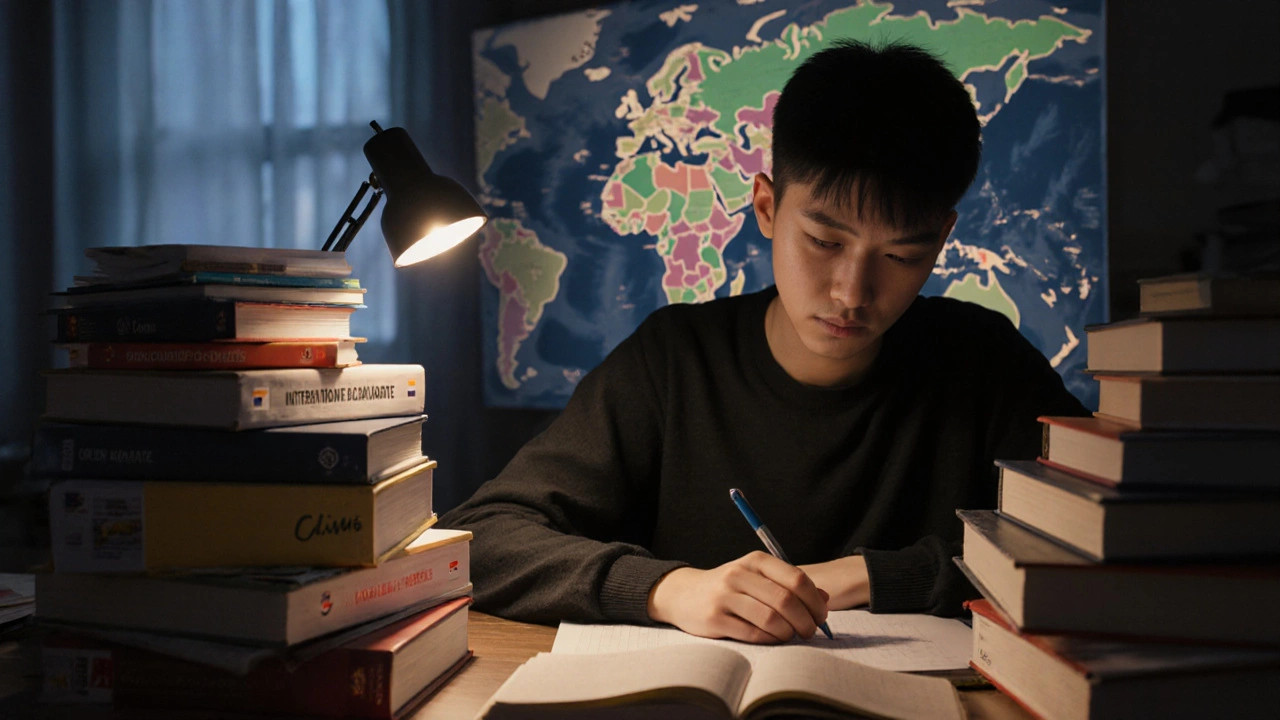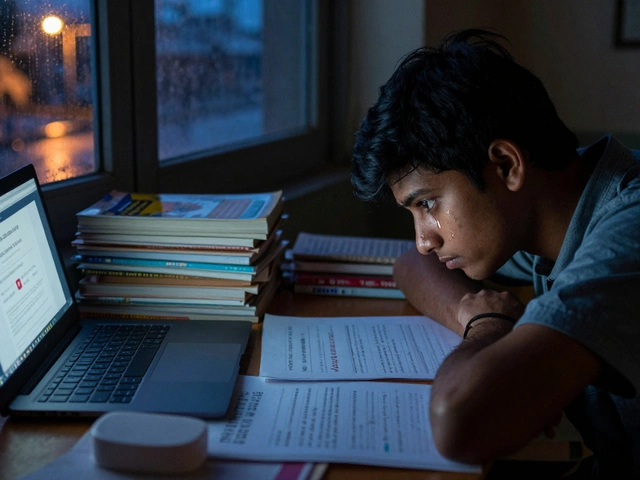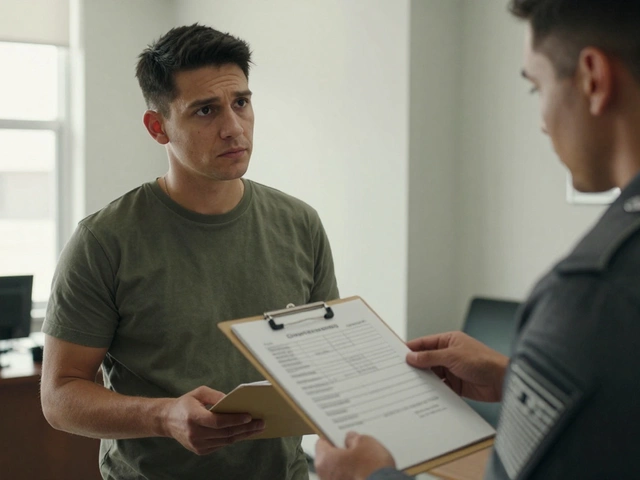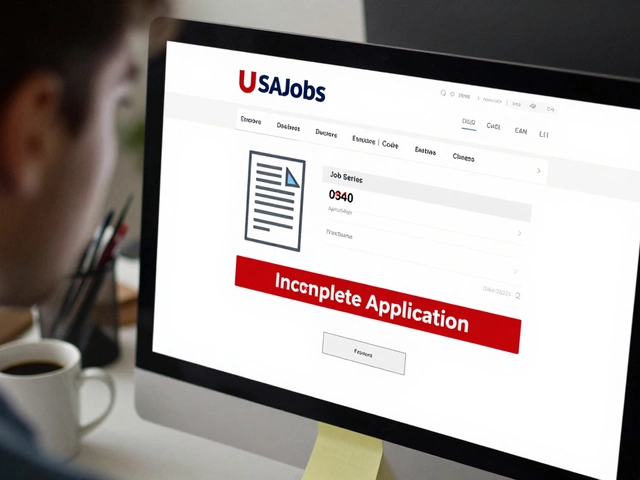Quick Takeaways
- The Chinese Gaokao is often cited as the world’s most pressure‑filled exam.
- South Korea’s Suneung rivals China in intensity, with long study hours and high stakes.
- Singapore’s A‑Level packs a dense syllabus into a short timeframe.
- France’s Baccalauréat combines breadth and depth across many subjects.
- India’s CBSE curriculum, especially the senior secondary phase, is notorious for heavy content load.
When asking about the hardest school syllabus is a phrase that refers to the most demanding secondary‑education curriculum worldwide, we need to look at both the amount of content and the pressure it puts on students. Some countries stack endless worksheets, others pile high‑stakes exams onto already packed timetables. This guide breaks down the top contenders, explains why they feel so brutal, and offers practical pointers for anyone wrestling with a tough curriculum.
Why Some Syllabi Feel Like Mount Everest
Three core factors usually decide whether a curriculum earns the “hardest” badge:
- Content Volume - How many topics, chapters, or concepts students must master before graduation.
- Assessment Weight - The proportion of final outcomes that depend on a single exam or series of tests.
- Study Culture - The societal expectation around tutoring, private lessons, and extra‑school study time.
When all three line up, students often face 40‑plus hours of class plus another 20‑30 hours of self‑study each week. Below we examine the curricula that hit the sweet spot of these three stressors.
The Heavyweights: Countries With the Toughest Syllabi
Below is a snapshot of the most frequently mentioned programs. Each entry includes a brief definition, key metrics, and why it’s considered brutal.
International Baccalaureate (IB) Diploma Programme - A two‑year pre‑university program that demands six subjects, a 4,000‑word Extended Essay, Theory of Knowledge (TOK) assessments, and 150 hours of Creativity, Activity, Service (CAS). The breadth forces students to juggle sciences, arts, and languages simultaneously.
Gaokao - China’s national college entrance exam. Students study for up to three years after high school, covering advanced mathematics, physics, chemistry, and a choice of humanities. The exam is a one‑day, three‑hour marathon that determines university placement and future career prospects.
Suneung - South Korea’s College Scholastic Ability Test (CSAT). It includes Korean language, mathematics, English, and elective subjects, with scores dictating entry into the country’s elite universities. The preparation culture involves full‑day private academies (hagwons) and overnight study sessions.
Baccalauréat - France’s national high‑school diploma. Students choose a stream (Science, Economics & Social, or Literature) and must sit for oral and written exams in up to eight subjects, often over several days.
Singapore A‑Level - A condensed two‑year programme that packs university‑level content into a strict timetable, with a heavy emphasis on mathematics and sciences. The grading curve is tight, leaving little room for error.
Japanese High School Curriculum - Features a blend of rigorous coursework and yearly “Center Test” (now the Common Test) that resembles a university entrance exam. Students study for long hours, often staying late for club activities that add to fatigue.
CBSE (Central Board of Secondary Education) - India’s national board known for a dense syllabus that includes detailed theory, numerous practical experiments, and extensive internal assessments, especially in grades 11‑12.
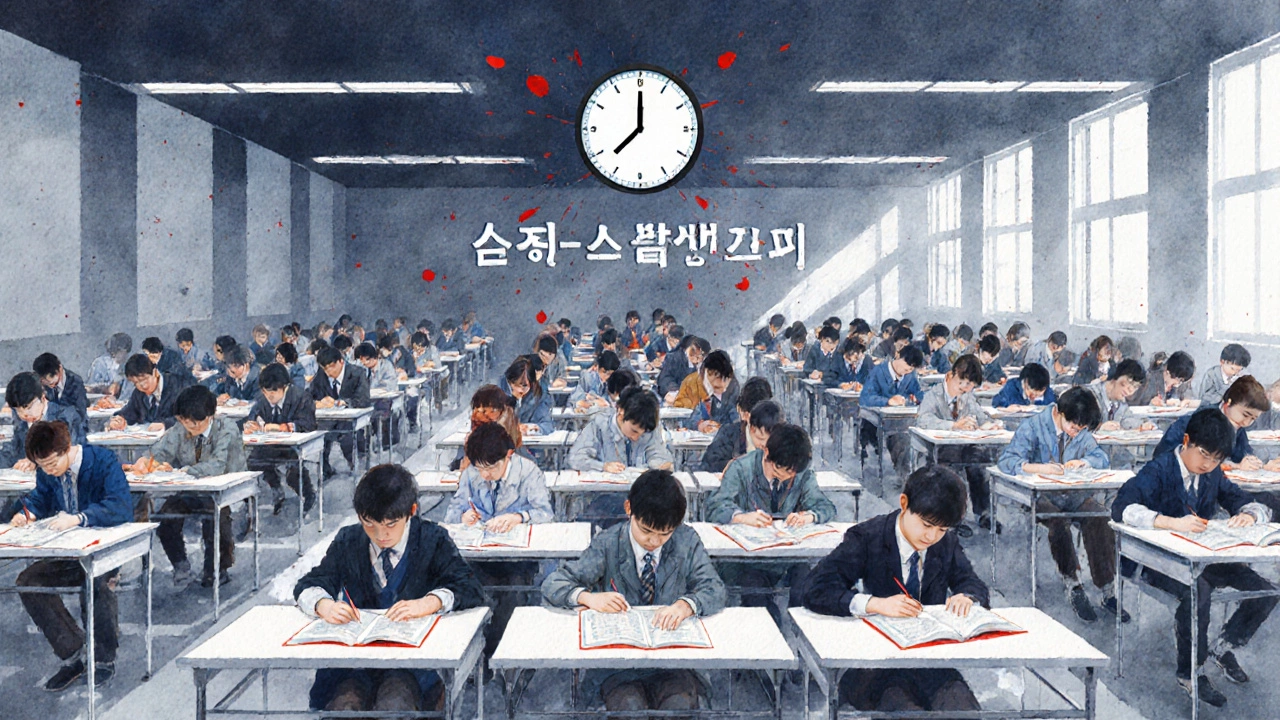
Side‑by‑Side Comparison
| Country | Curriculum / Exam | Core Hours/Week | High‑Stakes Exam | Typical Study Load (hrs/week) |
|---|---|---|---|---|
| China | Gaokao | 45‑50 | 1‑day national exam | 30‑40 |
| South Korea | Suneung | 40‑45 | 1‑day national exam | 35‑45 |
| Singapore | A‑Level | 38‑42 | Series of subject exams | 25‑35 |
| France | Baccalauréat | 35‑40 | Multiple‑day exams | 20‑30 |
| India | CBSE Senior Secondary | 34‑38 | Board exams (2 months) | 25‑40 |
| Japan | Common Test + University Exams | 36‑40 | National + university tests | 30‑38 |
| International | IB Diploma | 30‑35 | Multiple internal + final exams | 20‑30 |
What Makes These Programs So Demanding?
Let’s unpack the three driving forces for each curriculum.
Content Overload
China’s Gaokao requires mastery of nearly every high‑school subject, from organic chemistry equations to Chinese literature analysis. South Korea’s Suneung similarly expects students to absorb an entire year’s worth of university‑prep material within three years of high school.
All‑or‑Nothing Exams
In France, a single fail in the oral component can jeopardize the entire Baccalauréat result. Singapore’s A‑Level marks are heavily weighted toward final exams, leaving little safety net for continuous assessment.
Cultural Pressure
Private tutoring in South Korea (hagwons) and China (buxiban) turns after‑school hours into a battlefield of practice tests. In India, the “race for engineering” drives families to enroll children in intensive coaching centers that add 10‑15 extra hours of study per week.
How to Survive - Tips for Students Facing a Brutal Syllabus
- Prioritize Core Concepts: Identify the 20% of topics that generate 80% of exam questions and master them first.
- Use Active Recall: Flashcards, self‑questioning, and past paper drills improve retention more than passive rereading.
- Build a Balanced Schedule: Allocate 45‑50% of study time to new material, 30‑35% to practice exams, and the remaining 15‑20% to rest and light review.
- Leverage Group Study: Explaining concepts to peers reinforces your own understanding and reduces isolation.
- Seek Mental‑Health Support: Many schools now offer counseling; don’t ignore signs of burnout.
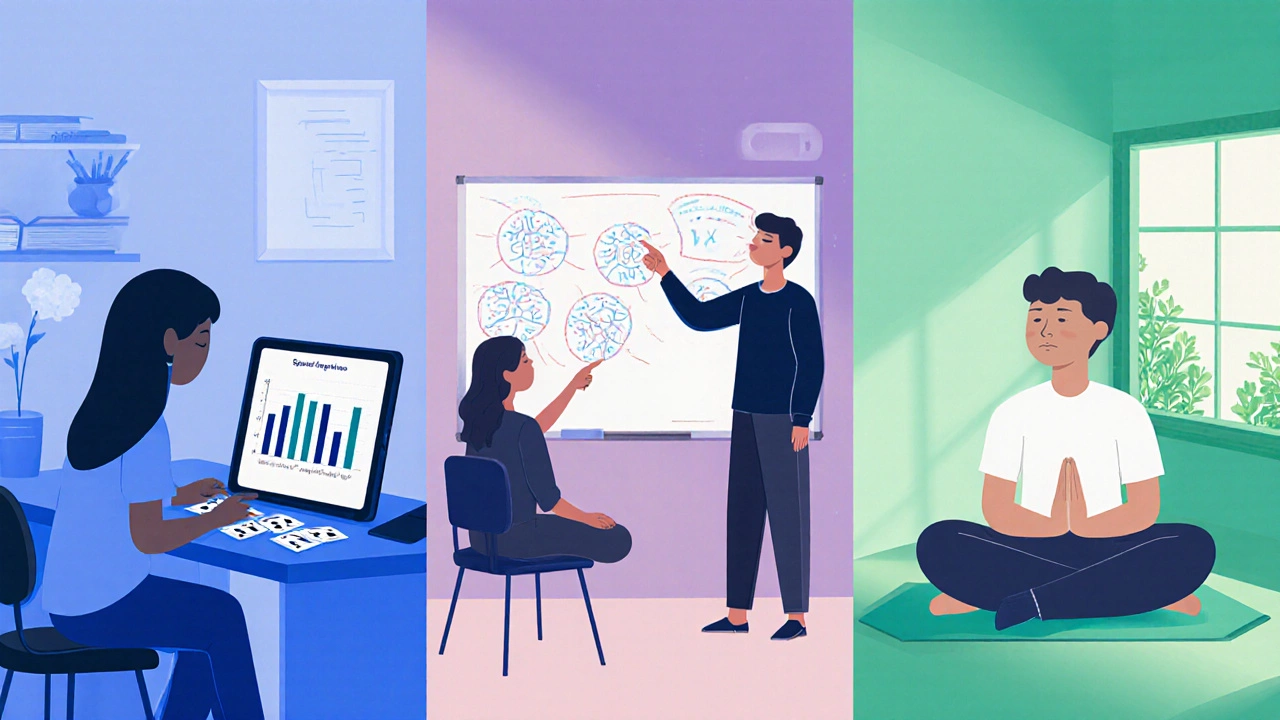
Resources for Each Curriculum
Below is a quick list of go‑to resources that can lighten the load.
- IB - Official IB Study Guides, Khan Academy (science & math), and Revision Village (papers).
- Gaokao - “新概念” series, Xueersi online lectures, and past papers from the Ministry of Education.
- Suneung - EBS (Korean public broadcasting) video lessons, Mechaman’s math tutorials, and mock tests from Korean Institute of Curriculum.
- French Bac - “Le Livre Scolaire” series, ExamensEtalon, and Prep’Bac podcasts.
- Singapore A‑Level - Singapore Examinations and Assessment Board (SEAB) past papers, Hwa Chong tutorials, and StudyMates notes.
- Japanese Common Test - “Z‑Test” prep books, Juku online modules, and the official “National Center for University Entrance Examination” archives.
- CBSE - NCERT textbooks, “MTG” question banks, and Topper’s Academy video series.
Final Thoughts: The Real Winner
If you rank purely by exam pressure and sheer study hours, China’s Gaokao and South Korea’s Suneung vie for the top spot. Both demand massive content mastery, single‑day high‑stakes testing, and a culture that treats education as a national priority. However, the “hardest” label can be subjective-students who thrive under continuous assessment may find the IB less brutal than the Gaokao, while others might feel the opposite.
Understanding the underlying criteria-content load, assessment weight, and cultural expectations-helps you see why each syllabus feels like climbing a mountain. Armed with the right strategies and resources, even the toughest curriculum becomes manageable.
Frequently Asked Questions
Which country’s high‑school exam is considered the most competitive?
Most experts point to China’s Gaokao because it combines a massive syllabus with a single, nationwide test that determines university placement for over 10 million students each year.
How many hours a week do students in South Korea typically study for the Suneung?
A typical senior student spends 35‑45 hours in school plus another 20‑30 hours in private academies, totaling roughly 55‑75 hours of study each week during the final preparation months.
Is the IB Diploma easier than the French Baccalauréat?
Ease is personal. The IB spreads assessment over two years with internal projects, whereas the Bac packs many subjects into intensive oral and written exams over a few days. Students who prefer continuous evaluation often find the IB more manageable.
What study technique works best for heavy content syllabi?
Active recall combined with spaced repetition-using flashcards or digital apps like Anki-helps cement large volumes of information and reduces the need for last‑minute cramming.
Can I switch from a national curriculum to the IB in the last two years?
It’s possible but challenging. The IB expects mastery of six subjects plus core components; transitioning students often need intensive bridge courses to catch up on theory of knowledge and extended essay requirements.
